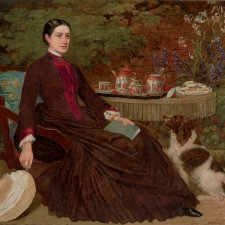
Brothers on farms
Malcolm Robertson tells the family history of one of Australia's earliest patrons of the arts, his Scottish born great great great grandfather, William Robertson.
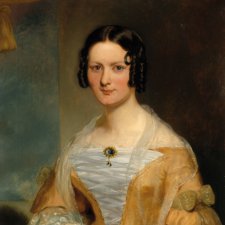
Fits of delicacy and despair
Henry Mundy's portraits flesh out notions of propriety and good taste in a convict colony.

Poison pen
Michael Desmond examines the career of the eighteenth-century suspected poisoner and portrait artist Thomas Griffiths Wainewright.

All that fall
Raimond Gaita comments on war and truth in the context of the First World War.

The art of conciliation
Gareth Knapman explores the politics and opportunism behind the portraits of Tasmania’s Black War.

My dream job
Artist David M Thomas lists some of the ideas and influences behind his video portraits.

Two pair
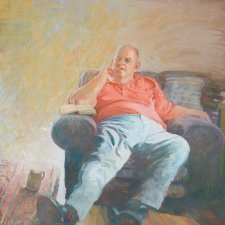
Poets' Portraits
The Portrait Gallery's paintings of two poets, Les Murray and Peter Porter, demonstrate two very different artists' responses to the challenge of representing more than usually sensitive and imaginative men.

Washington preview
Ron Ramsey, former Director of Cultural Relations at the Embassy of Australia interviewed NPG Washington Director, Marc Pachter, about their building renovations.

Canadian identities
An exploration of national identity in the Canadian context drawn from the symposium Face to Face at the Scottish National Portrait Gallery in 2004.
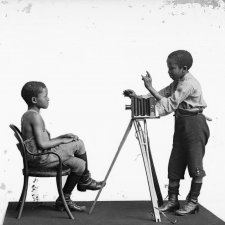
Back in black
Krysia Kitch reviews black chronicles at the National Portrait Gallery, London.

Of ice and men
Frank Hurley's celebrated images document the heroism and minutiae of Australian exploration in Antarctica.
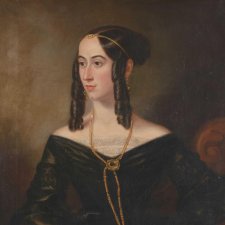
The art of dress
Emma Kindred examines fashion as a representation of self and social ritual in 19th-century portraiture.

The Vanity model
Vanity Fair Editor David Friend describes how the rebirth of the magazine sated our desire for access into the lives of celebrities and set the standard for the new era of portrait photography.

Presence and absence
The art of Australia’s colonial women painters affords us an invaluable, alternative perspective on the nascent nation-building project.

The catechist and the cricketer
Stephen Valambras Graham traverses the intriguing socio-political terrain behind two iconic First Nations portraits of the 1850s.




